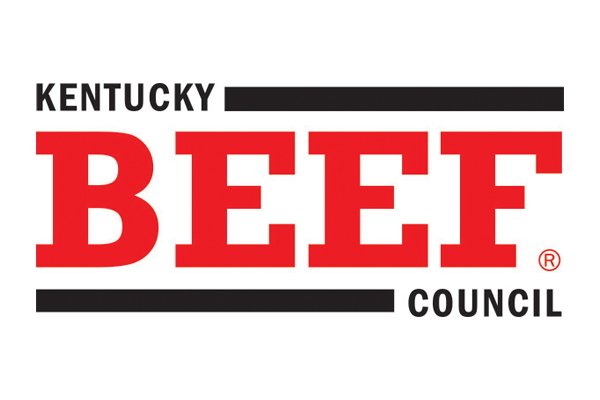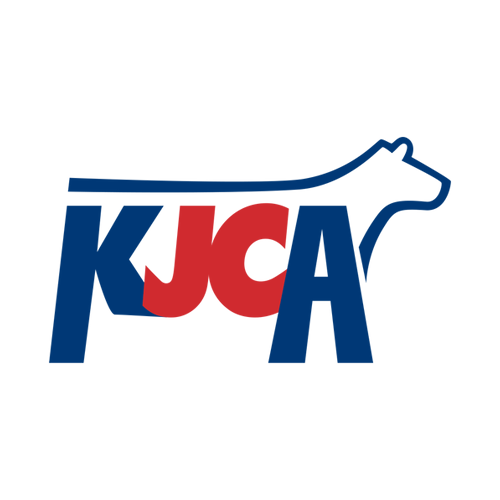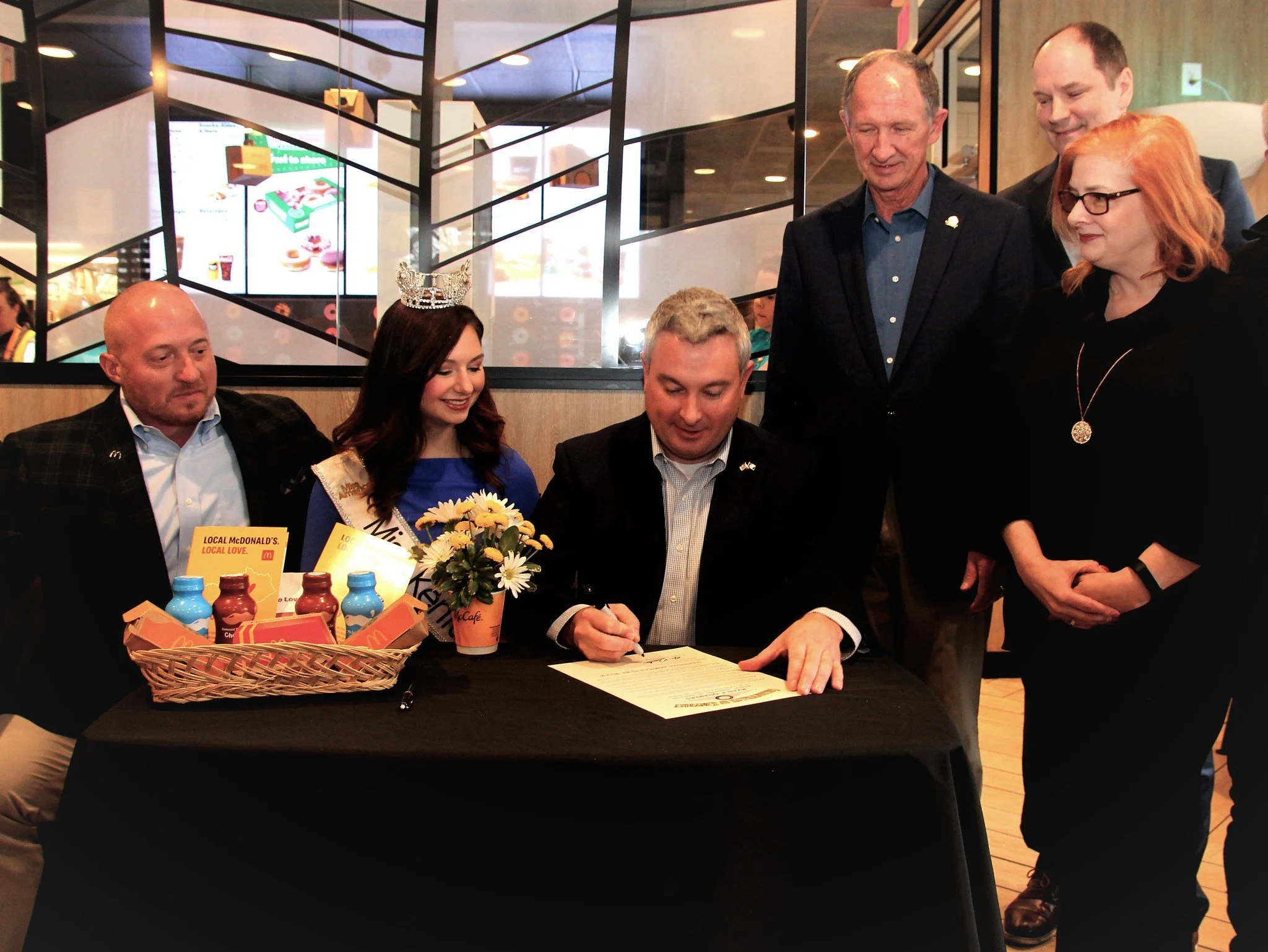Kentucky's Beef Industry
Kentucky ranks 8th in the nation in beef cattle inventory and has the most beef cattle of any state east of the Mississippi River. 31,060 farms raise beef cattle in Kentucky with the average heard size being 32 head. (2024)
The Kentucky cattle and calf inventory for January 1, 2025 was estimated at 1.85 million head according to the Kentucky Field Office of the USDA's National Agricultural Statistics Service. Total inventory was down 40,000 head from last year and is the fewest number of cattle on hand January 1 since 1955. Beef cow inventory was estimated at 869,000 head, a decrease of 38,000 head from 2024.
In 2024, gross receipts from cattle production totaled over $1 billion, ranking it in the top five of all commodities. There are many different breeds of beef cattle produced in Kentucky, but one of the most popular breeds is the Angus cattle.
Top beef cattle counties in Kentucky:
Barren
Pulaski
Madison
Breckenridge
Bourbon
Source: National Agriculture Statistics Service and Economic Research Commission
Beef in the Bluegrass
Settlers first brought cattle to Kentucky in 1775, with aid from famed explorer Daniel Boone. Since that time, cattle farming has played an important role in Kentucky’s agricultural economy. In fact, Kentucky farmers raise more beef cattle than any other state east of the Mississippi River! Our abundant grasses and forage make Kentucky an ideal place to raise beef cattle. With the cattle industry recently reaching the billion dollar mark, it’s a good time to learn more about this significant industry.
Life Cycle
Cattle are typically born and raised with plenty of room to roam on farms. An adult cow can give birth to one calf each year. This usually occurs in the spring or the fall. For the first few months, calves drink their mother’s milk and graze on pasture. At around 7-8 months old, a baby weans from its mother. By this time, it weighs between 500 - 600 pounds! All cattle will spend most of their lives on a pasture, where they graze for food. At around 12-16 months old the animal is fully grown and the farmer begins the process of finishing the animal.
Most cattle are finished in feed yards. In a feed yard, cattle have constant access to water, room to move around, and other cattle to socialize with. They eat a carefully balanced, nutritious diet of grains and forages for 120-180 days. When cattle reach harvesting weight of about 1200-1400 pounds, they move to humane processing facilities. After processing, staff break down the carcass into large sections such as chuck, round, rib, and loin. These larger cuts become the steaks, roasts, and ground beef you are used to eating at home.
A Healthy Choice
Retail and food service operators work to provide customers with safe, wholesome, and nutritious products. The beef community has responded to consumer demands and offer a wide variety of beef selections.
Beef is a nutritious choice and a powerful protein source. All-American, natural beef does not contain any additives and is minimally processed. It is an excellent source of essential vitamins and minerals like B12, B6, B3, zinc, iron and selenium. It contains all 8 essential amino acids - which are especially important for rebuilding muscle tissue.
If you’re eating right for your heart, these six USDA Select cuts meet the American Heart Association’s “Heart-Healthy” criteria: sirloin tip steak, bottom round steak, top sirloin stir-fry, boneless top sirloin petite roast, top sirloin filet, and top sirloin kebab.
To stay healthy, always cook meat to the correct internal temperature, and don’t eat raw or under-cooked ground beef.
Did You Know?
Cattle have so much more to offer than just beef. By-products from processing are used in hundreds of food and non-food items. For example:
Cattle organs and glands are used in the production of medicine, insulation, antifreeze, cosmetics, shampoos/conditioners, and instrument strings
Photo film, vitamin capsules, charcoal, piano keys, and glass are all derived from bones and horns of cattle.
Inedible beef fat provides us with airplane lubricants, hydraulic brake fluid, biodiesel, and can be used in perfumes and medicines
Many foods use the products of beef cattle including marshmallows, ice cream, chewing gum, and gummy candies.
Hides from cattle are tanned into leather to become shoes, purses, and wallets
Conclusion:
Since the 18th century, cattle have played an important role in the Commonwealth’s economy. Our moderate weather, lush pastures of grass and forage, and large tracts of land make Kentucky an ideal place to raise beef cattle. Next time you enjoy a burger, you’ll know a little more about where it came from and how Kentucky farmers made it possible.














